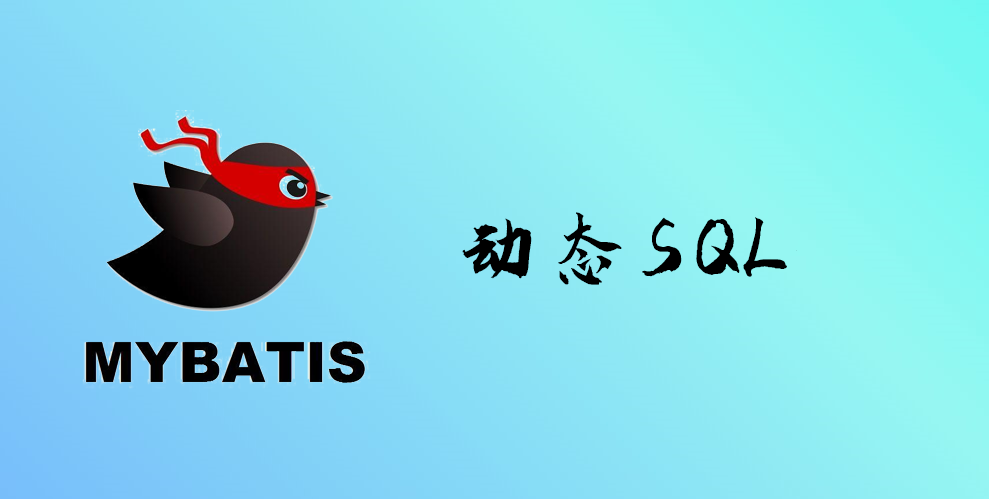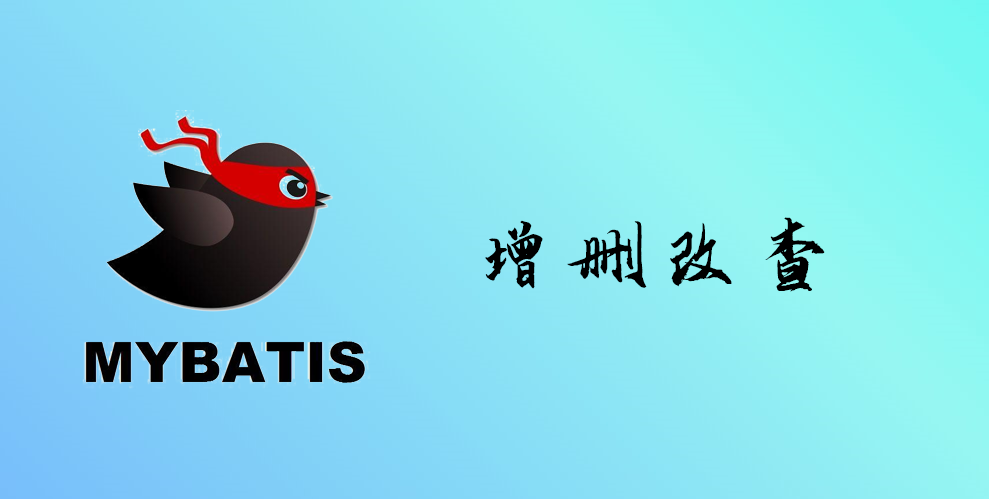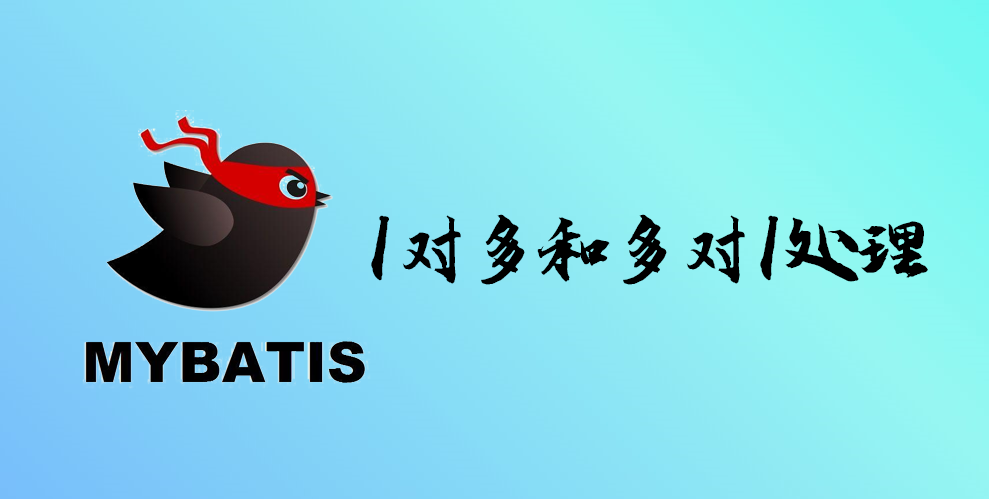回顾事务
事务在项目开发过程非常重要,涉及到数据的一致性的问题,不容马虎!
事务管理是企业级应用程序开发中必备技术,用来确保数据的完整性和一致性。
事务就是把一系列的动作当成一个独立的工作单元,这些动作要么全部完成,要么全部不起作用。
事务四个属性ACID
原子性(atomicity)
事务是原子性操作,由一系列动作组成,事务的原子性确保动作要么全部完成,要么完全不起作用
一致性(consistency)
一旦所有事务动作完成,事务就要被提交。数据和资源处于一种满足业务规则的一致性状态中
隔离性(isolation)
可能多个事务会同时处理相同的数据,因此每个事务都应该与其他事务隔离开来,防止数据损坏
持久性(durability)
事务一旦完成,无论系统发生什么错误,结果都不会受到影响。通常情况下,事务的结果被写到持久化存储器中
测试 将上面的代码拷贝到一个新项目中
在之前的案例中,我们给userDao接口新增两个方法,删除和增加用户;
1 2 3 4 5 int addUser (User user) ; int deleteUser (int id) ;
mapper文件,我们故意把 deletes 写错,测试!
1 2 3 4 5 6 7 <insert id ="addUser" parameterType ="com.kuang.pojo.User" > insert into user (id,name,pwd) values (#{id},#{name},#{pwd}) </insert > <delete id ="deleteUser" parameterType ="int" > deletes from user where id = #{id} </delete >
编写接口的实现类,在实现类中,我们去操作一波
1 2 3 4 5 6 7 8 9 10 11 12 13 14 15 16 17 18 19 20 21 22 23 public class UserDaoImpl extends SqlSessionDaoSupport implements UserMapper { public List<User> selectUser () { User user = new User (4 ,"小明" ,"123456" ); UserMapper mapper = getSqlSession().getMapper(UserMapper.class); mapper.addUser(user); mapper.deleteUser(4 ); return mapper.selectUser(); } public int addUser (User user) { UserMapper mapper = getSqlSession().getMapper(UserMapper.class); return mapper.addUser(user); } public int deleteUser (int id) { UserMapper mapper = getSqlSession().getMapper(UserMapper.class); return mapper.deleteUser(id); } }
测试
1 2 3 4 5 6 7 @Test public void test2 () { ApplicationContext context = new ClassPathXmlApplicationContext ("beans.xml" ); UserMapper mapper = (UserMapper) context.getBean("userDao" ); List<User> user = mapper.selectUser(); System.out.println(user); }
报错:sql异常,delete写错了
结果 :插入成功!
没有进行事务的管理;我们想让他们都成功才成功,有一个失败,就都失败,我们就应该需要事务!
以前我们都需要自己手动管理事务,十分麻烦!
但是Spring给我们提供了事务管理,我们只需要配置即可;
Spring中的事务管理 Spring在不同的事务管理API之上定义了一个抽象层,使得开发人员不必了解底层的事务管理API就可以使用Spring的事务管理机制。Spring支持编程式事务管理和声明式的事务管理。
编程式事务管理
将事务管理代码嵌到业务方法中来控制事务的提交和回滚
缺点:必须在每个事务操作业务逻辑中包含额外的事务管理代码
声明式事务管理
一般情况下比编程式事务好用。
将事务管理代码从业务方法中分离出来,以声明的方式来实现事务管理。
将事务管理作为横切关注点,通过aop方法模块化。Spring中通过Spring AOP框架支持声明式事务管理。
使用Spring管理事务,注意头文件的约束导入 : tx 1 2 3 4 xmlns:tx="http://www.springframework.org/schema/tx" http://www.springframework.org/schema/tx http://www.springframework.org/schema/tx/spring-tx.xsd">
事务管理器
无论使用Spring的哪种事务管理策略(编程式或者声明式)事务管理器都是必须的。
就是 Spring的核心事务管理抽象,管理封装了一组独立于技术的方法。
JDBC事务 1 2 3 <bean id ="transactionManager" class ="org.springframework.jdbc.datasource.DataSourceTransactionManager" > <property name ="dataSource" ref ="dataSource" /> </bean >
配置好事务管理器后我们需要去配置事务的通知 1 2 3 4 5 6 7 8 9 10 11 12 <tx:advice id ="txAdvice" transaction-manager ="transactionManager" > <tx:attributes > <tx:method name ="add" propagation ="REQUIRED" /> <tx:method name ="delete" propagation ="REQUIRED" /> <tx:method name ="update" propagation ="REQUIRED" /> <tx:method name ="search*" propagation ="REQUIRED" /> <tx:method name ="get" read-only ="true" /> <tx:method name ="*" propagation ="REQUIRED" /> </tx:attributes > </tx:advice >
spring事务传播特性: 事务传播行为就是多个事务方法相互调用时,事务如何在这些方法间传播。spring支持7种事务传播行为:
propagation_requierd:如果当前没有事务,就新建一个事务,如果已存在一个事务中,加入到这个事务中,这是最常见的选择。
propagation_supports:支持当前事务,如果没有当前事务,就以非事务方法执行。
propagation_mandatory:使用当前事务,如果没有当前事务,就抛出异常。
propagation_required_new:新建事务,如果当前存在事务,把当前事务挂起。
propagation_not_supported:以非事务方式执行操作,如果当前存在事务,就把当前事务挂起。
propagation_never:以非事务方式执行操作,如果当前事务存在则抛出异常。
propagation_nested:如果当前存在事务,则在嵌套事务内执行。如果当前没有事务,则执行与propagation_required类似的操作
Spring 默认的事务传播行为是 PROPAGATION_REQUIRED,它适合于绝大多数的情况。
假设 ServiveX#methodX() 都工作在事务环境下(即都被 Spring 事务增强了),假设程序中存在如下的调用链:Service1#method1()->Service2#method2()->Service3#method3(),那么这 3 个服务类的 3 个方法通过 Spring 的事务传播机制都工作在同一个事务中.
就好比,我们刚才的几个方法存在调用,所以会被放在一组事务当中!
配置AOP 导入aop的头文件!
1 2 3 4 5 <aop:config > <aop:pointcut id ="txPointcut" expression ="execution(* com.kuang.dao.*.*(..))" /> <aop:advisor advice-ref ="txAdvice" pointcut-ref ="txPointcut" /> </aop:config >
进行测试 删掉刚才插入的数据,再次测试!
1 2 3 4 5 6 7 @Test public void test2 () { ApplicationContext context = new ClassPathXmlApplicationContext ("beans.xml" ); UserMapper mapper = (UserMapper) context.getBean("userDao" ); List<User> user = mapper.selectUser(); System.out.println(user); }
为什么需要配置事务?
如果不配置,就需要我们手动提交控制事务;
事务在项目开发过程非常重要,涉及到数据的一致性的问题,不容马虎!
使用注解开发 数据库 1 2 3 4 5 6 7 8 9 10 CREATE TABLE `mybatis`.`alipay` ( `userid` INT (7 ) NOT NULL , `balance` INT (7 ), PRIMARY KEY (`userid`) ) ENGINE= INNODB CHARSET= utf8 COLLATE = utf8_general_ci; INSERT INTO `mybatis`.`alipay` (`userid`, `balance`) VALUES ('10001' , '5000' ); INSERT INTO `mybatis`.`alipay` (`userid`, `balance`) VALUES ('10002' , '5000' ); INSERT INTO `mybatis`.`alipay` (`userid`, `balance`) VALUES ('10003' , '5000' ); INSERT INTO `mybatis`.`alipay` (`userid`, `balance`) VALUES ('10004' , '5000' ); INSERT INTO `mybatis`.`alipay` (`userid`, `balance`) VALUES ('10005' , '5000' );
依赖 1 2 3 4 5 6 7 8 9 10 11 12 13 14 15 16 17 18 19 20 21 22 23 24 25 26 27 28 29 30 31 <dependency > <groupId > com.alibaba</groupId > <artifactId > druid</artifactId > <version > 1.1.23</version > </dependency > <dependency > <groupId > mysql</groupId > <artifactId > mysql-connector-java</artifactId > <version > 5.1.41</version > </dependency > <dependency > <groupId > org.springframework</groupId > <artifactId > spring-jdbc</artifactId > <version > 5.2.7.RELEASE</version > </dependency > <dependency > <groupId > org.springframework</groupId > <artifactId > spring-webmvc</artifactId > <version > 5.2.7.RELEASE</version > </dependency > <dependency > <groupId > org.projectlombok</groupId > <artifactId > lombok</artifactId > <version > 1.18.12</version > </dependency > <dependency > <groupId > junit</groupId > <artifactId > junit</artifactId > <version > 4.12</version > <scope > test</scope > </dependency >
Dao层 1 2 3 4 5 public interface UserMapper { int add (int userid,int money) ; int minus (int userid,int money) ; List<User> query () ; }
1 2 3 4 5 6 7 8 9 10 11 12 13 14 15 16 17 18 19 20 21 22 23 24 @Repository("userMapper") public class UserMapperImpl implements UserMapper { @Autowired @Qualifier(value = "jdbcTemplate") JdbcTemplate jdbcTemplate; @Override public int add (int userid, int money) { String sql="update `mybatis`.`alipay` set balance =balance+? where userid=?" ; return jdbcTemplate.update(sql,money,userid); } @Override public int minus (int userid, int money) { String sql="update `mybatis`.`alipay` set balance =balance-? where userid=?" ; return jdbcTemplate.update(sql,money,userid); } @Override public List<User> query () { String sql="select * from `mybatis`.`alipay`;" ; return jdbcTemplate.query(sql,new BeanPropertyRowMapper <User>(User.class)); } }
entity层 1 2 3 4 5 6 7 @Data @AllArgsConstructor @NoArgsConstructor public class User { private int userid; private int balance; }
service层 1 2 3 4 5 public interface AlipayService { int pay (int fromId,int toId,int money) ; List<User> query () ; int paySalary (int fromId,List<Integer> list,int money) ; }
1 2 3 4 5 6 7 8 9 10 11 12 13 14 15 16 17 18 19 20 21 22 23 24 25 26 27 28 29 30 31 32 33 34 35 36 37 38 39 40 41 42 43 44 45 46 47 48 @Service("alipayService") public class AlipayServiceImpl implements AlipayService { @Resource UserMapper userMapper; @Resource AlipayService alipayService; @Transactional(propagation = Propagation.REQUIRES_NEW, timeout = 10, readOnly = false, rollbackFor = ArithmeticException.class, noRollbackFor = NullPointerException.class, isolation = Isolation.READ_COMMITTED ) @Override public int pay (int fromId, int toId, int money) { int num1 = userMapper.minus(fromId, money); int num2 = userMapper.add(toId, money); return num1+num2; } @Override public List<User> query () { return userMapper.query(); } @Transactional @Override public int paySalary (int fromId, List<Integer> list, int money) { int sum=0 ; for (Integer id : list) { sum=sum+alipayService.pay(fromId,id,money); if (sum==2 ) { int i=10 /0 ; } } return sum; } }
jdbc.properties 1 2 3 4 jdbc.driver =com.mysql.jdbc.Driver jdbc.url =jdbc:mysql://localhost:3306/mybatis?useSSL=true&useUnicode=true&characterEncoding=utf-8 jdbc.username =root jdbc.password =123456
Spring配置文件 1 2 3 4 5 6 7 8 9 10 11 12 13 14 15 16 17 18 19 20 21 22 23 24 25 26 27 28 <?xml version="1.0" encoding="UTF-8" ?> <beans xmlns="http://www.springframework.org/schema/beans" xmlns:xsi="http://www.w3.org/2001/XMLSchema-instance" xmlns:context="http://www.springframework.org/schema/context" xmlns:tx="http://www.springframework.org/schema/tx" xsi:schemaLocation="http://www.springframework.org/schema/beans http://www.springframework.org/schema/beans/spring-beans.xsd http://www.springframework.org/schema/context https://www.springframework.org/schema/context/spring-context.xsd http://www.springframework.org/schema/tx http://www.springframework.org/schema/tx/spring-tx.xsd" > <context:annotation-config/> <context:property-placeholder location="classpath:jdbc.properties" /> <bean id="dataSource" class="com.alibaba.druid.pool.DruidDataSource" > <property name="driverClassName" value="${jdbc.driver}" /> <property name="url" value="${jdbc.url}" /> <property name="username" value="${jdbc.username}" /> <property name="password" value="${jdbc.password}" /> </bean> <context:component-scan base-package ="com.luckytiger" /> <bean class="org.springframework.jdbc.core.JdbcTemplate" id="jdbcTemplate" > <property name="dataSource" ref="dataSource" /> </bean> <bean class="org.springframework.jdbc.datasource.DataSourceTransactionManager" id="transactionManager" > <property name="dataSource" ref="dataSource" /> </bean> <tx:annotation-driven/> </beans>
测试 1 2 3 4 5 6 7 8 9 10 11 12 13 14 15 16 17 18 19 20 21 22 23 24 25 26 27 28 29 30 31 32 33 34 35 36 37 38 39 40 41 42 43 44 45 public class MyTest {ApplicationContext context= new ClassPathXmlApplicationContext ("applicationContext.xml" ); @Test public void test01 () { AlipayService alipayService = context.getBean("alipayService" , AlipayService.class); alipayService.pay(10001 ,10002 ,500 ); List<User> list = alipayService.query(); for (User user : list) { System.out.println(user); } } @Test public void test02 () { AlipayService alipayService = context.getBean("alipayService" , AlipayService.class); List<User> list = alipayService.query(); for (User user : list) { System.out.println(user); } } @Test public void test03 () { AlipayService alipayService = context.getBean("alipayService" , AlipayService.class); List<Integer> ids = new ArrayList <>(); ids.add(10003 ); ids.add(10004 ); ids.add(10005 ); List<User> list = alipayService.query(); for (User user : list) { System.out.println(user); } int i = alipayService.paySalary(10001 , ids, 500 ); System.out.println(i); List<User> list2 = alipayService.query(); for (User user : list2) { System.out.println(user); }}}
Spring 支持的事务隔离级别
事务的隔离级别需要得到底层数据库引擎的支持, 而不是应用程序或者框架的支持.
Oracle 支持的 2 种事务隔离级别:READ_COMMITED , SERIALIZABLE
Mysql 支持 4 中事务隔离级别.















